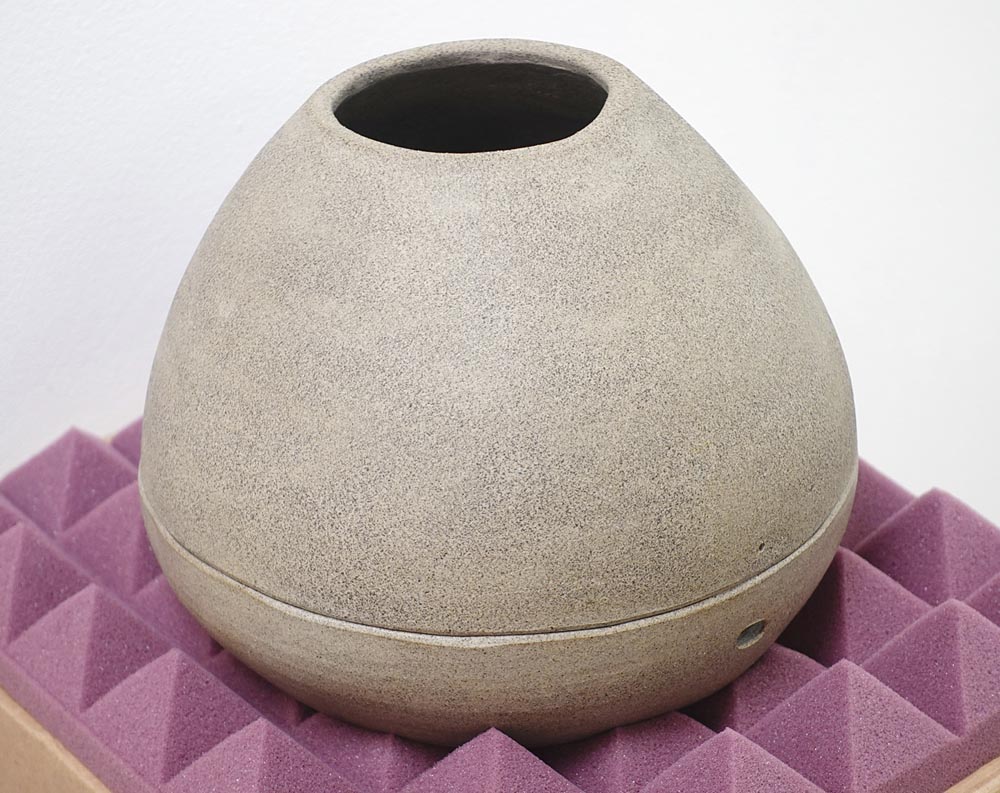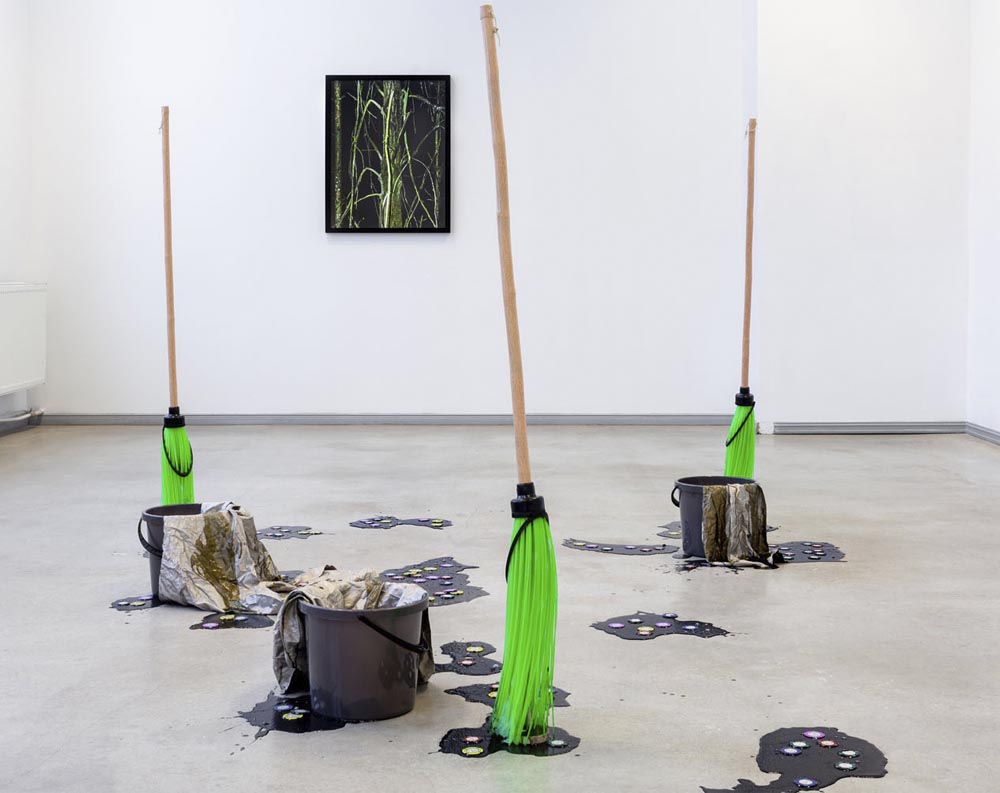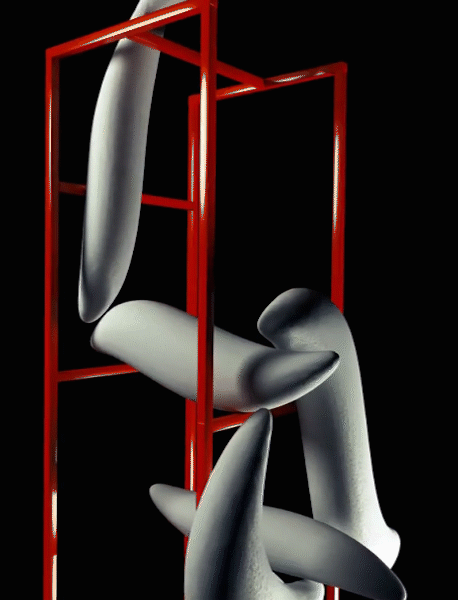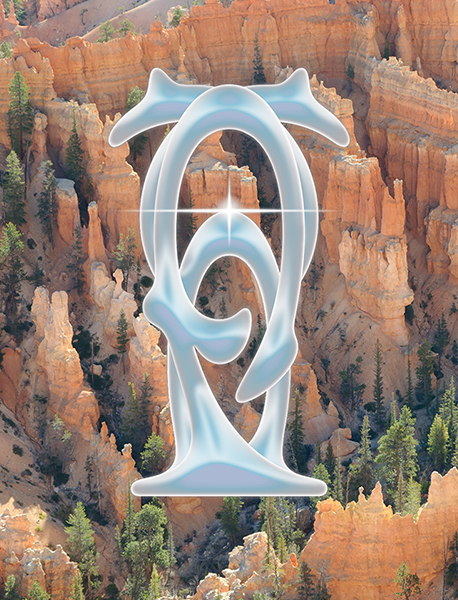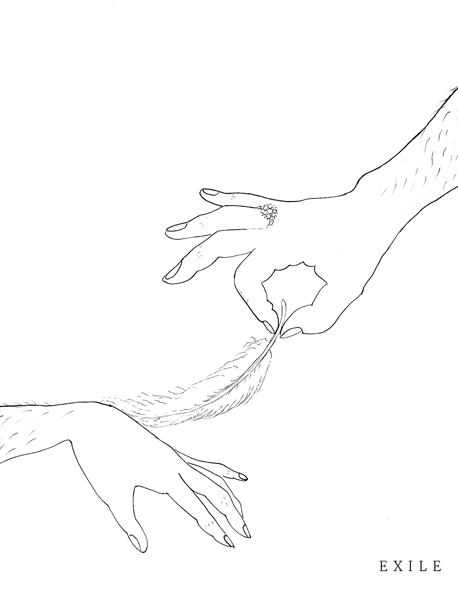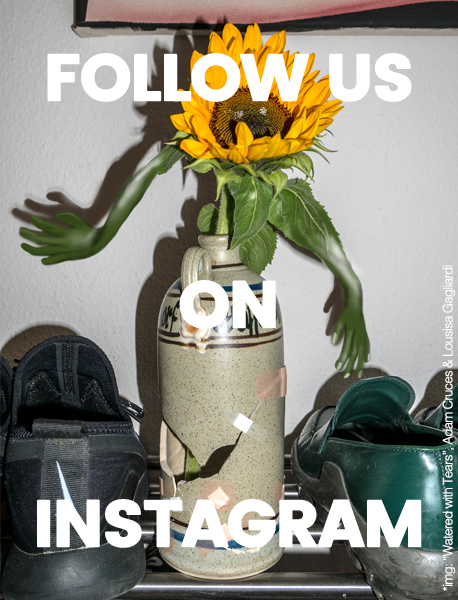OFLUXO
Monument Error
Zuzanna Czebatul,
Jobst Meyer
At EXILE, Vienna, Austria
January 27 — March 05, 2022
Monuments cast shadows, depending on the light and time of day, as much as the course of history, either as hard-edged contrasts or as faint and blurry shapes of fading light and time. Meanings of, and relationships to, particular monuments are in flux alongside socio-political or cultural changes within the society they are embedded in. Old and new discourses, reactions, and conflicts arise around certain personalities on bronze-cast public display while others remain tolerated, ignored or forgotten, often in plain sight.
One such monument, placed on a public square in close proximity to the gallery, throws its shadow onto the exhibition space and becomes the distant anchor around which the works by Zuzanna Czebatul and Jobst Meyer oscillate. The memorial bust in question, positioned less than 200 meters from the gallery on Schillerplatz, was created in 1940 by sculptor Josef Bock and shows the head of the novelist and poet Josef Weinheber.
Weinheber’s blurry image, a side product of the rendering process for Czebatul’s work Untitled (2022), becomes the exhibition’s access point and invisible ghost – on one side asking question about the role, urgency and legitimacy of the specific persona on public display, on the other, broader questions around meaning and handling of static monuments as signs for politically enforced systemic doctrine and dominance in contrast to shifting values in transitional times. Arranged in two rooms, the selected works in the exhibition by Zuzanna Czebatul and Jobst Meyer approach such questions.
The ground floor space is confined by two large-scale paintings by Jobst Meyer, entitled Zelt, Kreuzfahne und Sicheln (1973) and Kreuzzelt und Spaten (1973). Both works show lazarett-like hospital tents placed in a nondescript landscape. Each tent is decorated with a cross symbol, either painted directly onto the tent or attached to the tent in the form of a Red Cross banner. Placed in front of the tents, or attached to them by rope, are either a single spate or a set of sickles. These collected iconographies of battlefields, war, civil unrest or other traumas cover most of the canvas and act as barriers that block deeper insight into the landscape behind. Painted in the early 1970s, the imagery of such temporary tent structures remains familiar from various global war-zones, refugee camps or increasingly also as aftermaths of natural disaster. What is happening inside the tent is visually hidden, yet known to the viewer regardless. In a sense, these tents act like mirrors reflecting back onto the viewer, turning them into the actor within this otherwise static setting.
Placed in a straight line inbetween the two paintings are Zuzanna Czebatul’s quite monumental Columns of Empire (2021). Assembled from various parts of protective sports and riot gear, these punching bag-like structures hover low above the floor. Spray-painted black and in scale relational to the human body, their appearance is reminiscent of ancient warrior uniforms or indigenous ritualistic artifacts while simultaneously suggesting contemporary riot gear police uniforms. In Columns of Empire as well as in the paintings by Meyer, the individual is subsumed beneath a meta structure with the unclear purpose of protecting or harming the individual.
In the second room, Weinheber, until now only present as a ghost within the exhibition space, appears in the form of a replica of the source memorial on local display on Schillerplatz. Produced via a digital 3D printing process, the originality of the source bust becomes a mundane, low-tech replica. Czebatul’s oxidized copper application process though gives Untitled (2022) the surface of a painterly, almost hyper-real, or battered patina, as if the source bust’s precious metal was projectiled into a distant, uncertain future.
The replicant bust is placed on top of a low floating pedestal whose black and white, marble-esque pattern and shape suggest the original pedestal’s integrity as disrupted, melted or in the process of dissolving. Untitled (2022) liquefies Weinheber’s stale bronze-cast authority, though instead of morally denouncing Weinheber, the work deliberately trivializes the source bust’s authority and asks questions about the legitimacy of the original memorial. With Untitled (2022) Czebatul asks which version, if any, is the appropriate monument.
Placed alongside the work by Czebatul are five Untitled (1978) works on paper by Jobst Meyer. These show various conical or pyramidal forms, always cut, pierced or otherwise distorted by thorns, spikes or bent shapes. Similar to Meyer’s paintings downstairs, the artist asks about the socio-political meaning of such structural shapes that are deeply ingrained in human history and conscience. Viewed collectively, the works in this room appear as if presenting the results of an architectural competition for a fictional monument that asks the viewer how to respond and relate to the current debate about such problematic monuments on public display.
Zuzanna Cebatul’s and Jobst Meyer’s works, as much comical phantasies of absurdist monuments as serious metaphors for social injustices, allegorically point to the complexities, challenges and difficulties of any monument on public display. No singular reading, no clear opinion, no monolithic response, no black and white answer is certain within such a memorial itself. Instead, an open and critical discourse is required around each monument within the public sphere. To physically remove a monument is easy, to deal with its complex legacy is a continuous challenge. The ghost of Weinheber remains, yet it is Theodor Kramer’s poem that this text began with and refers back to.
— EXILE
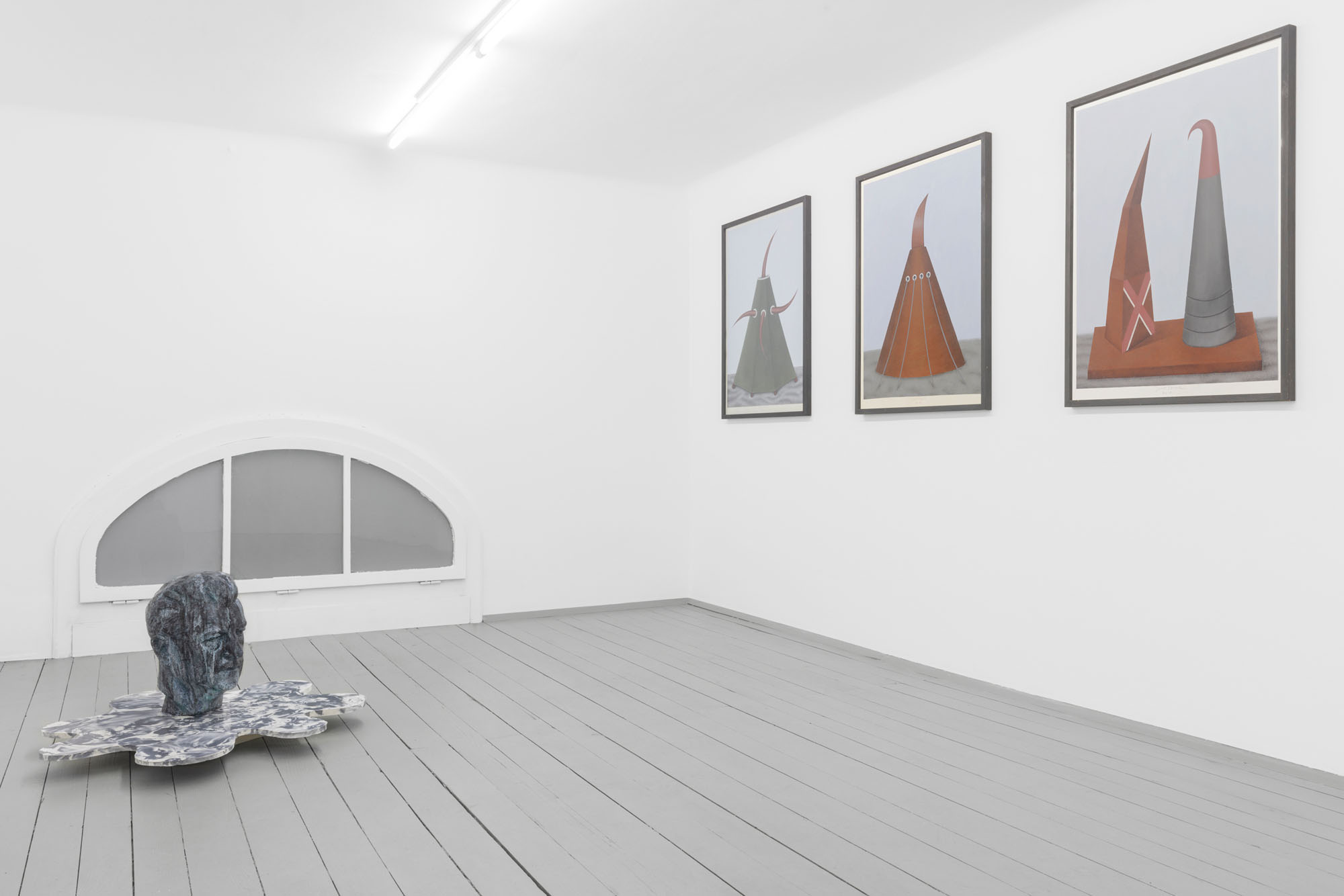
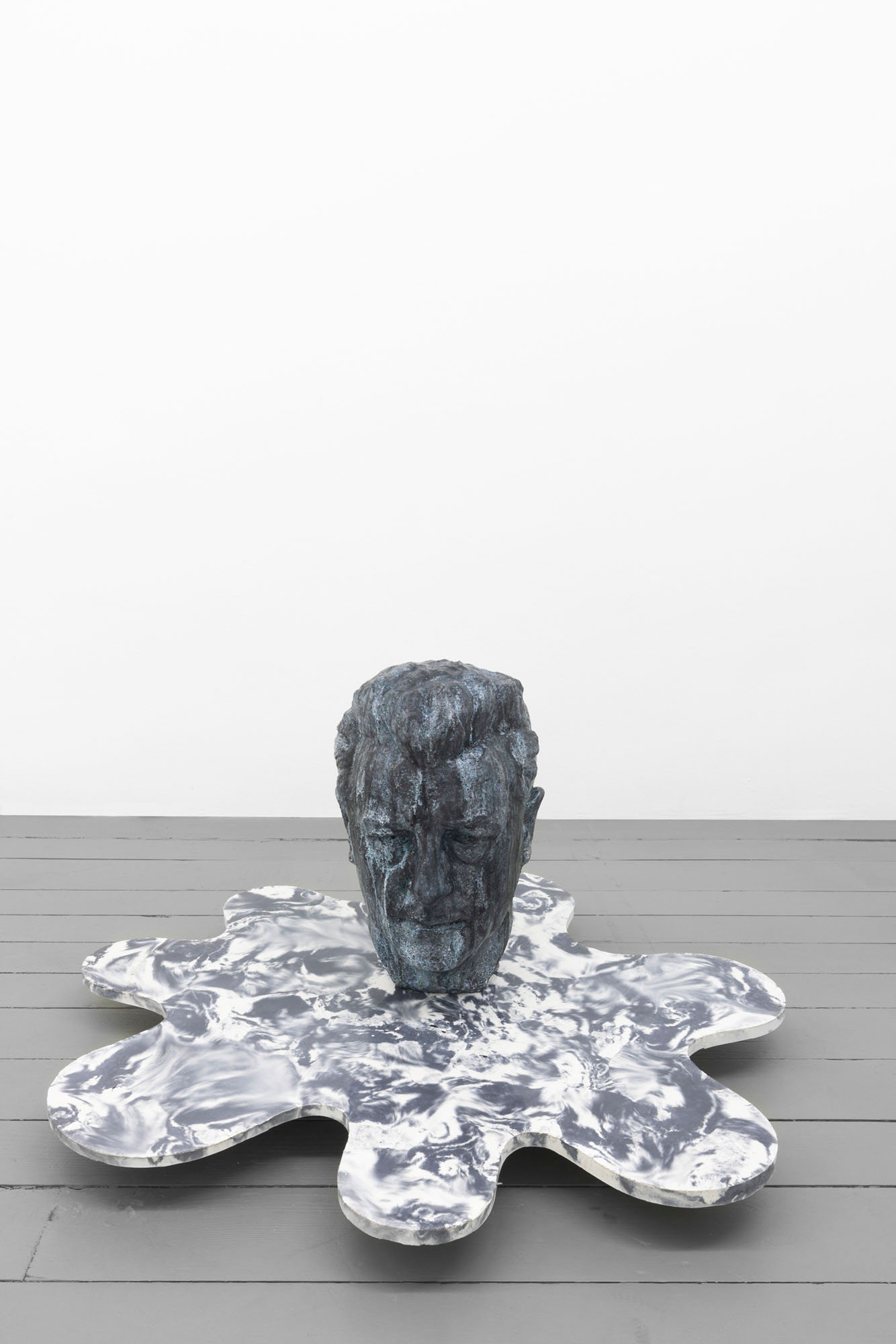
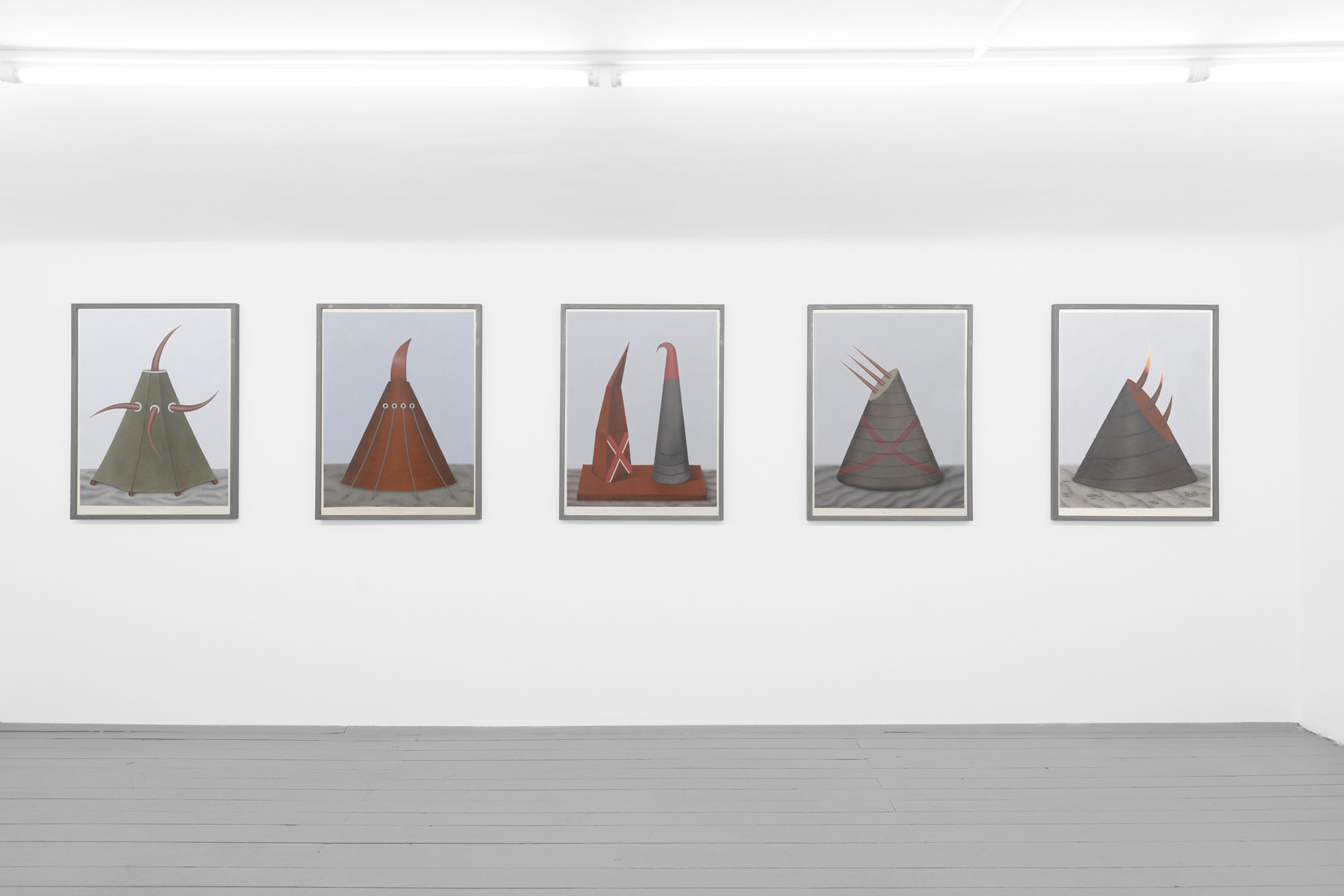
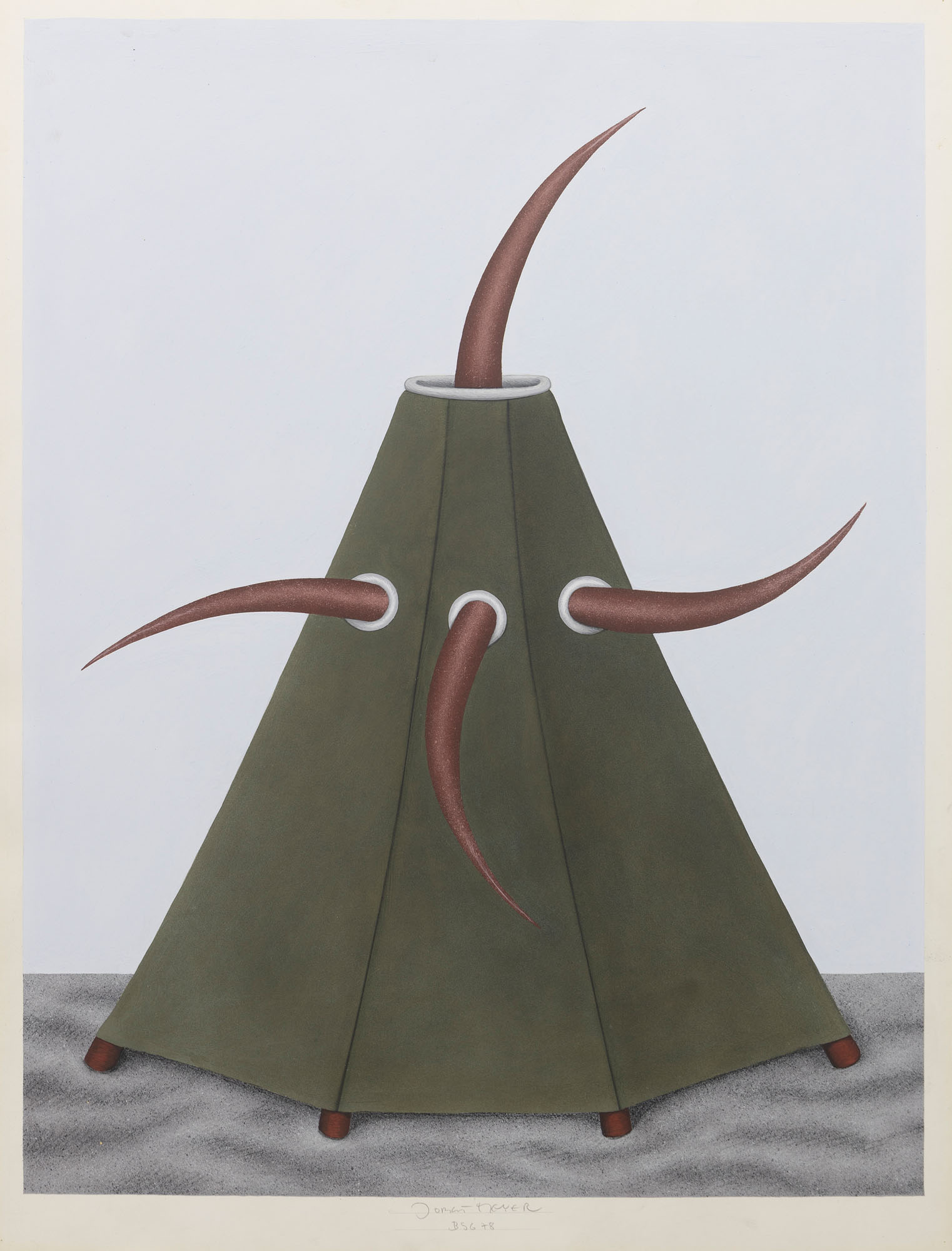
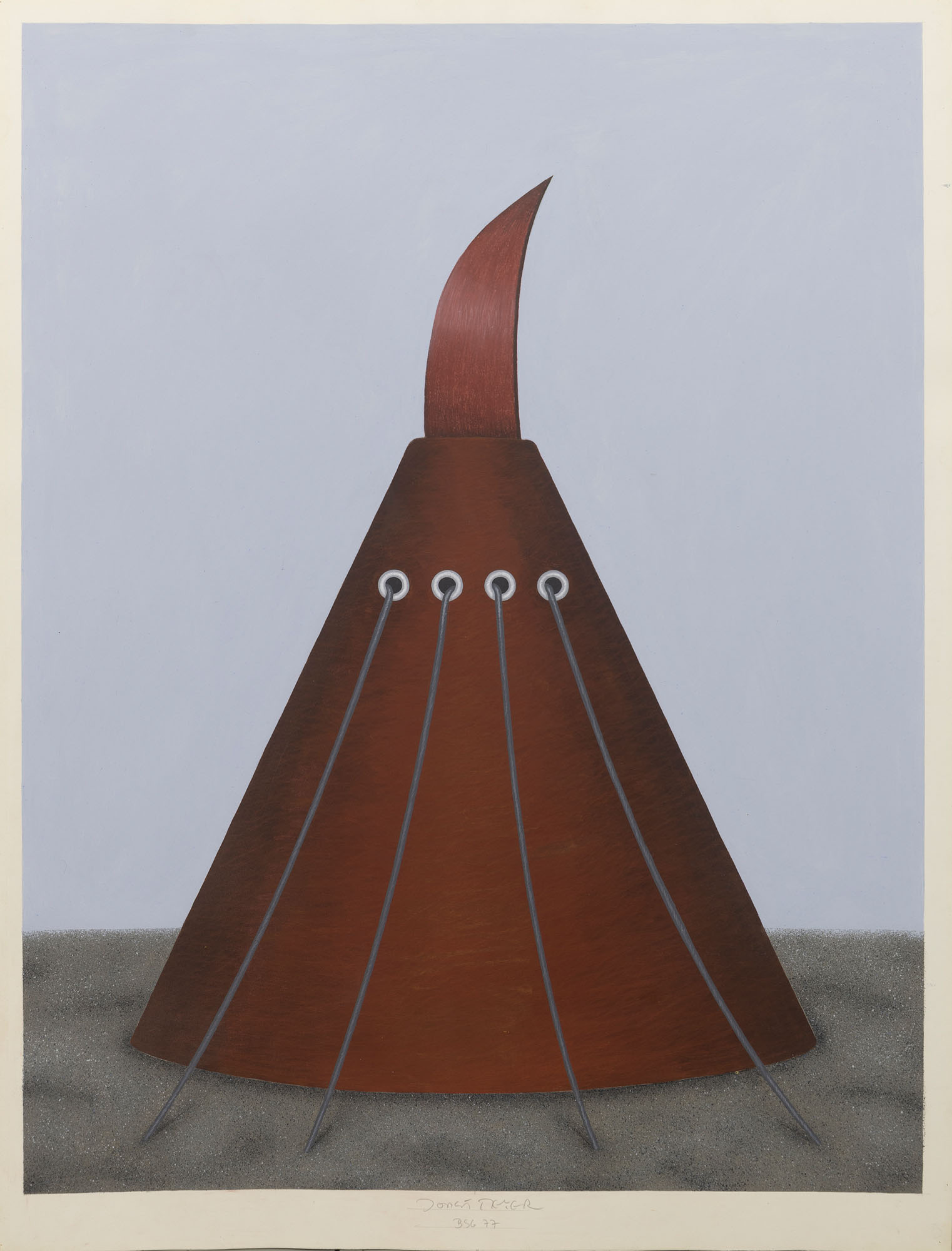
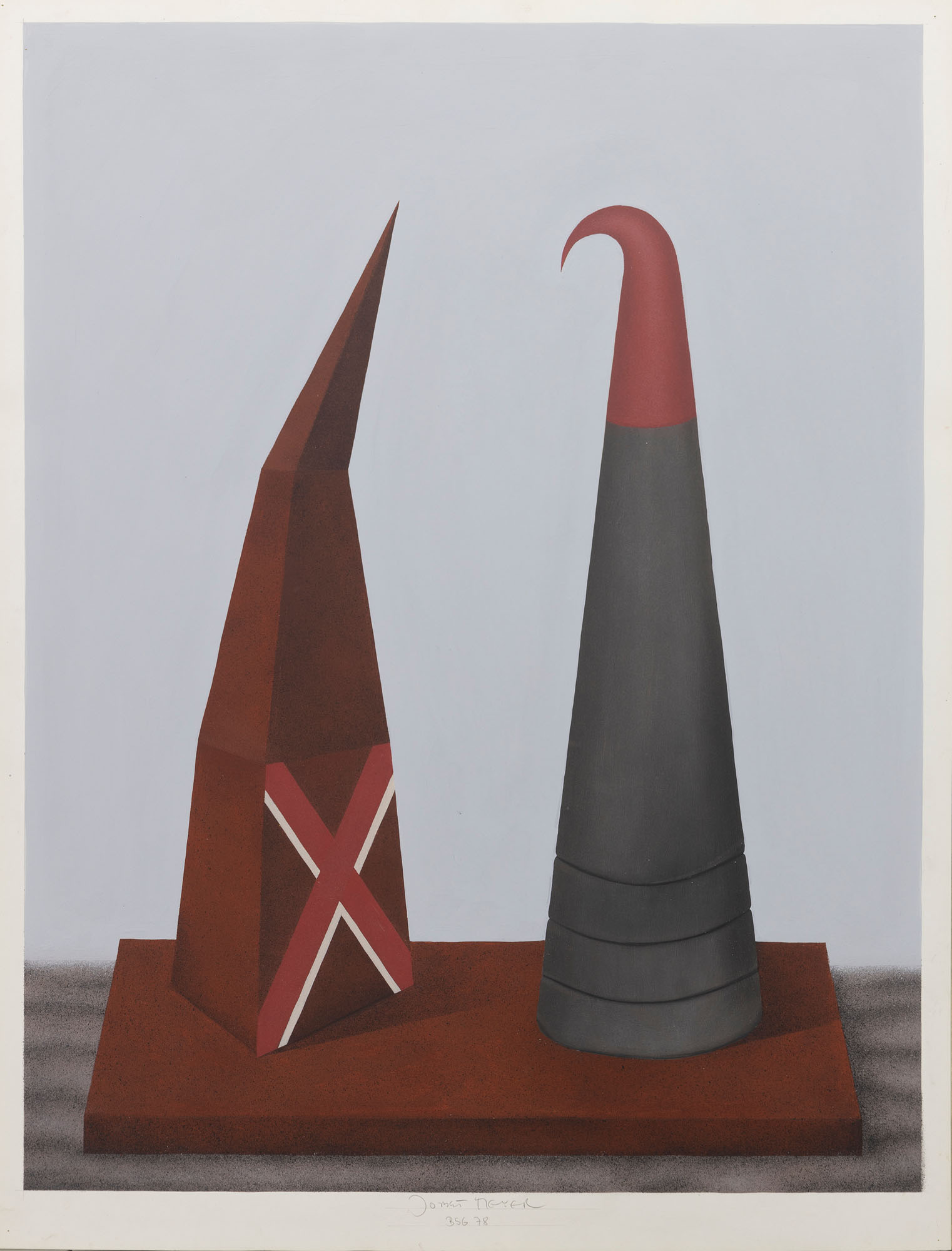
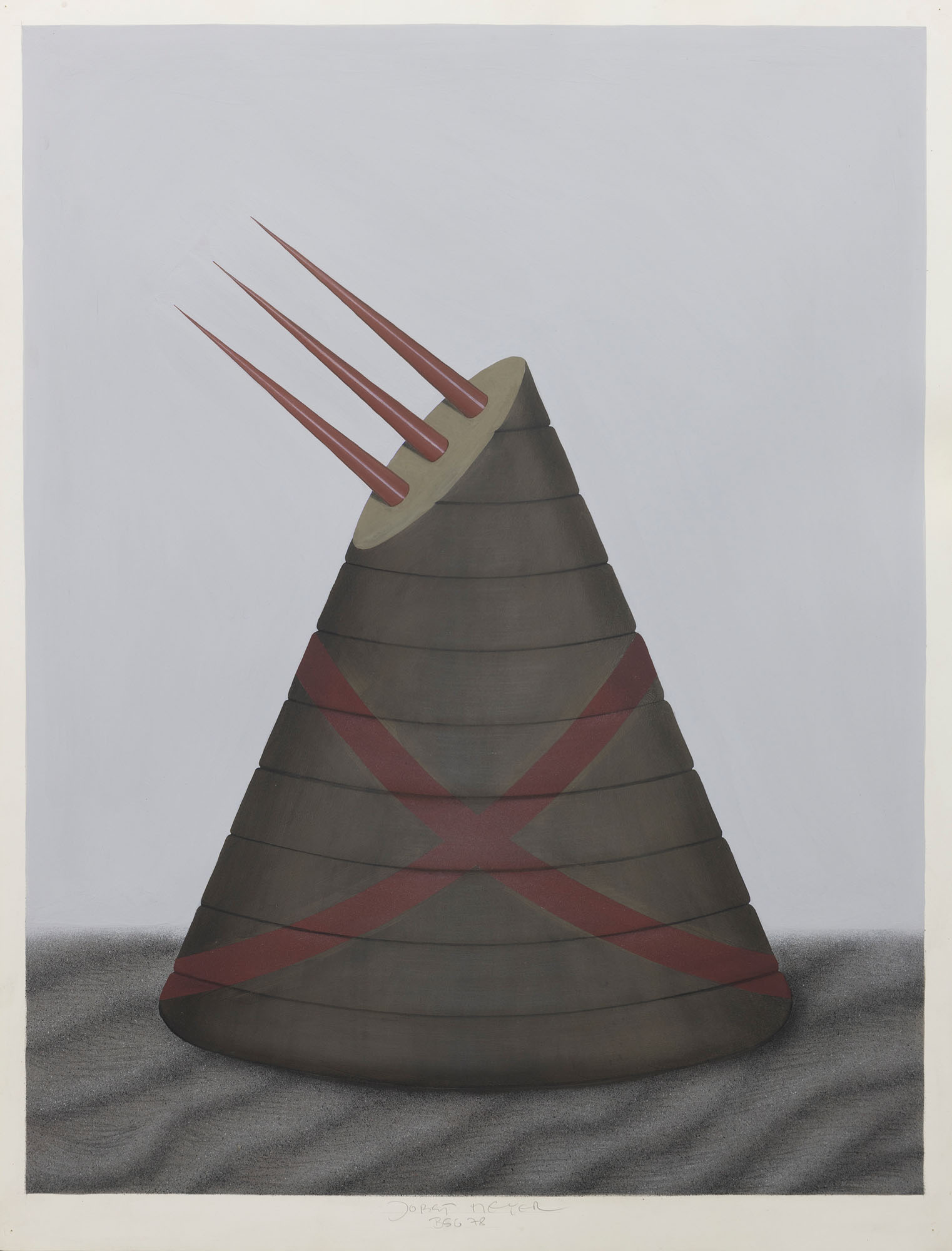
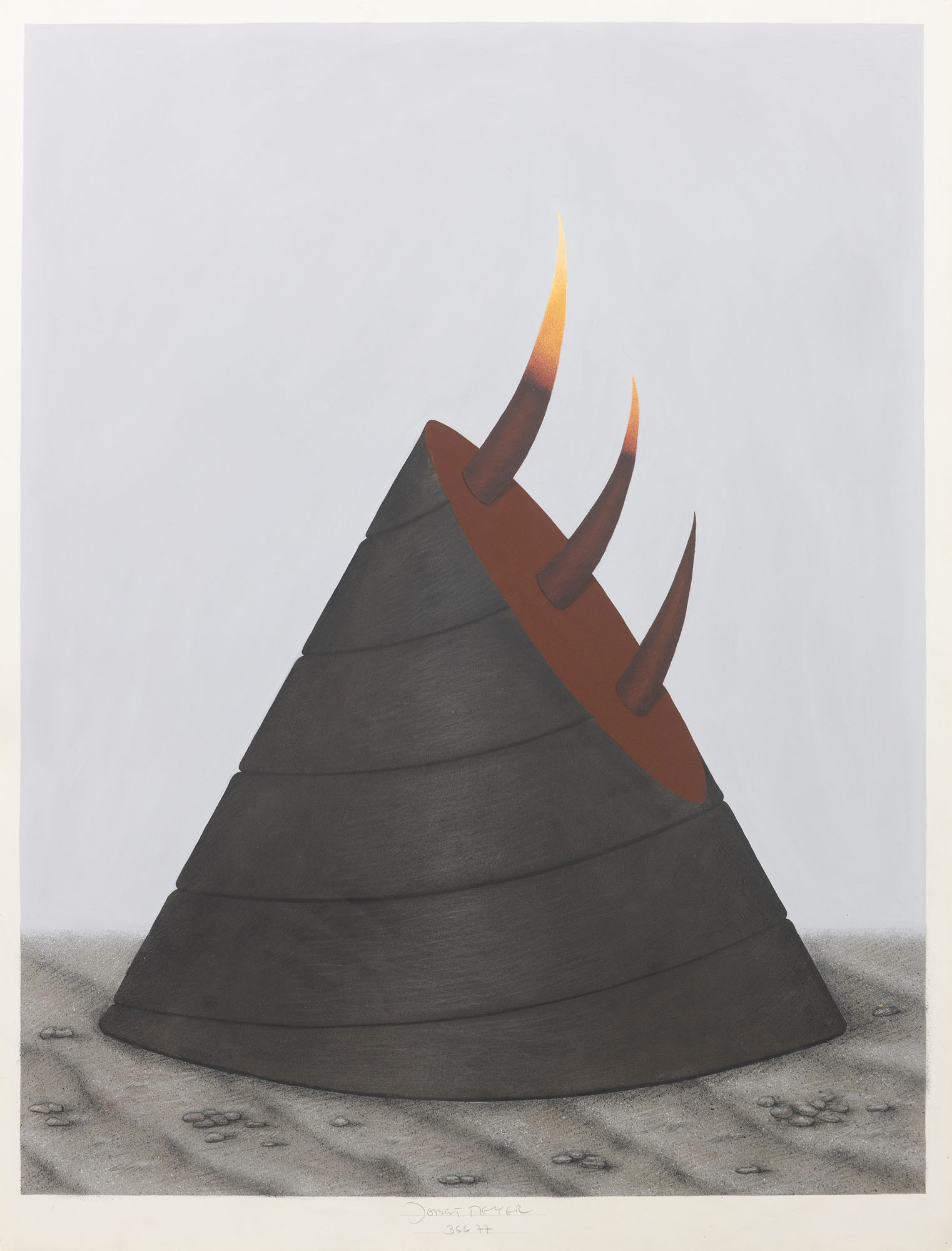
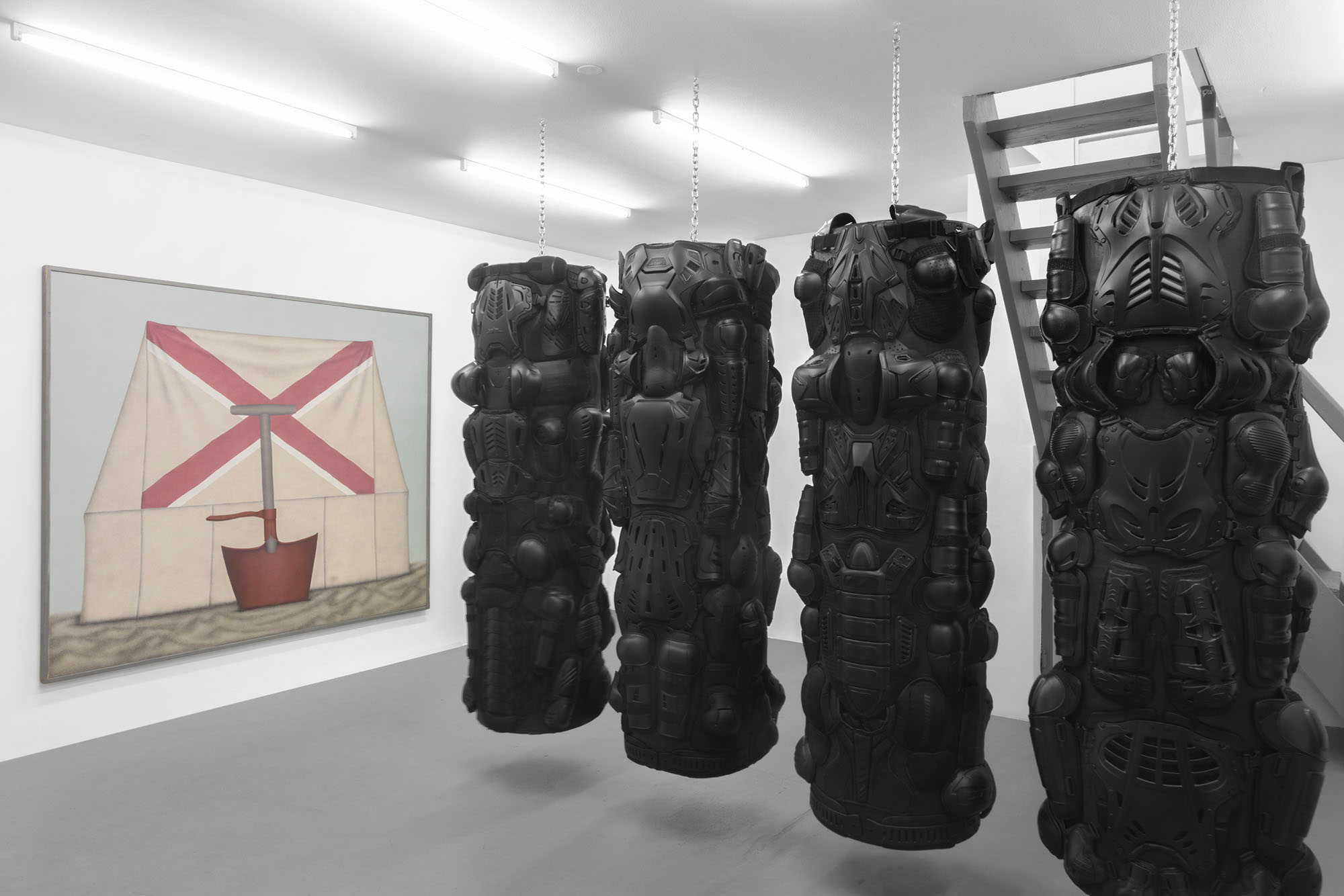
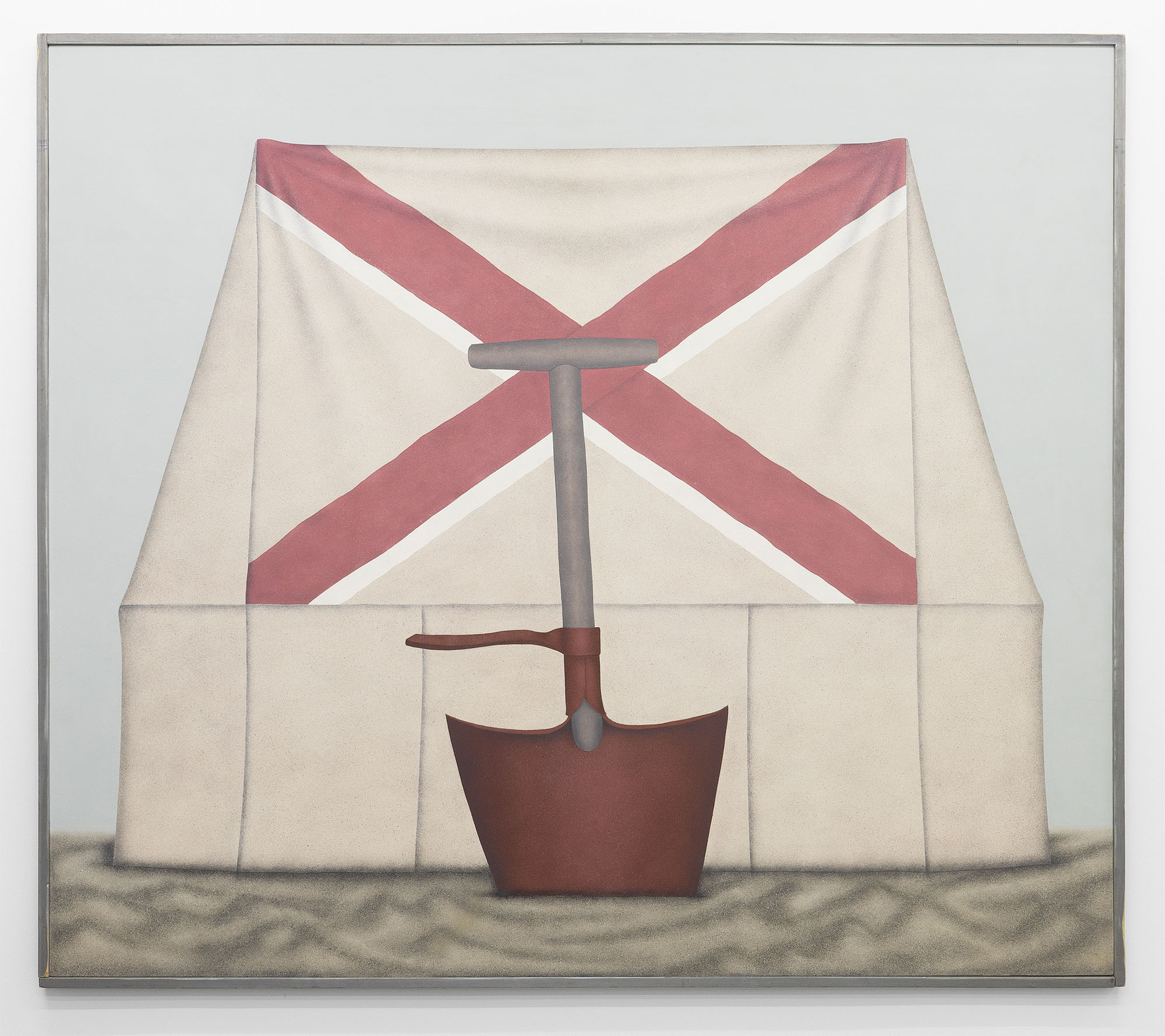
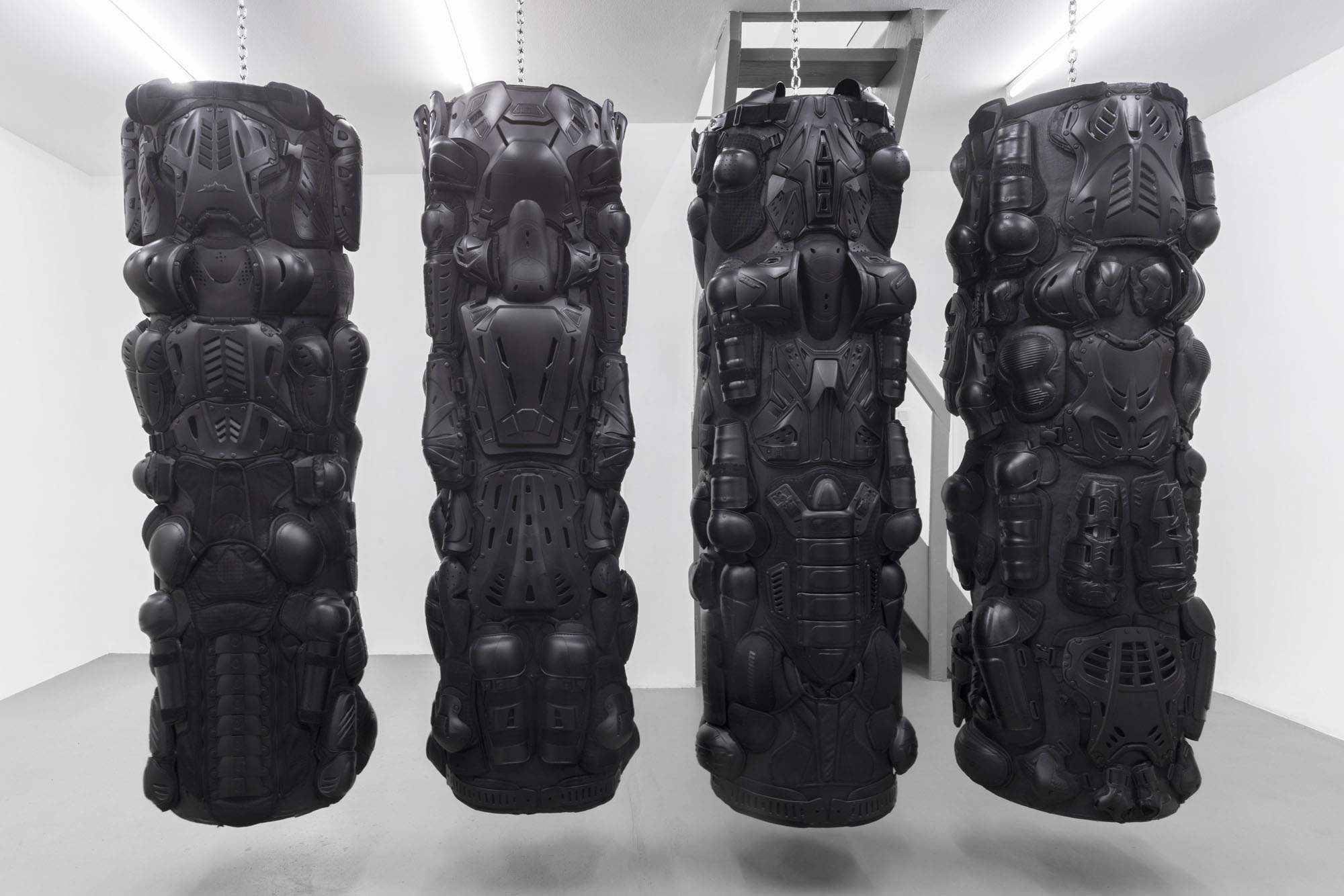
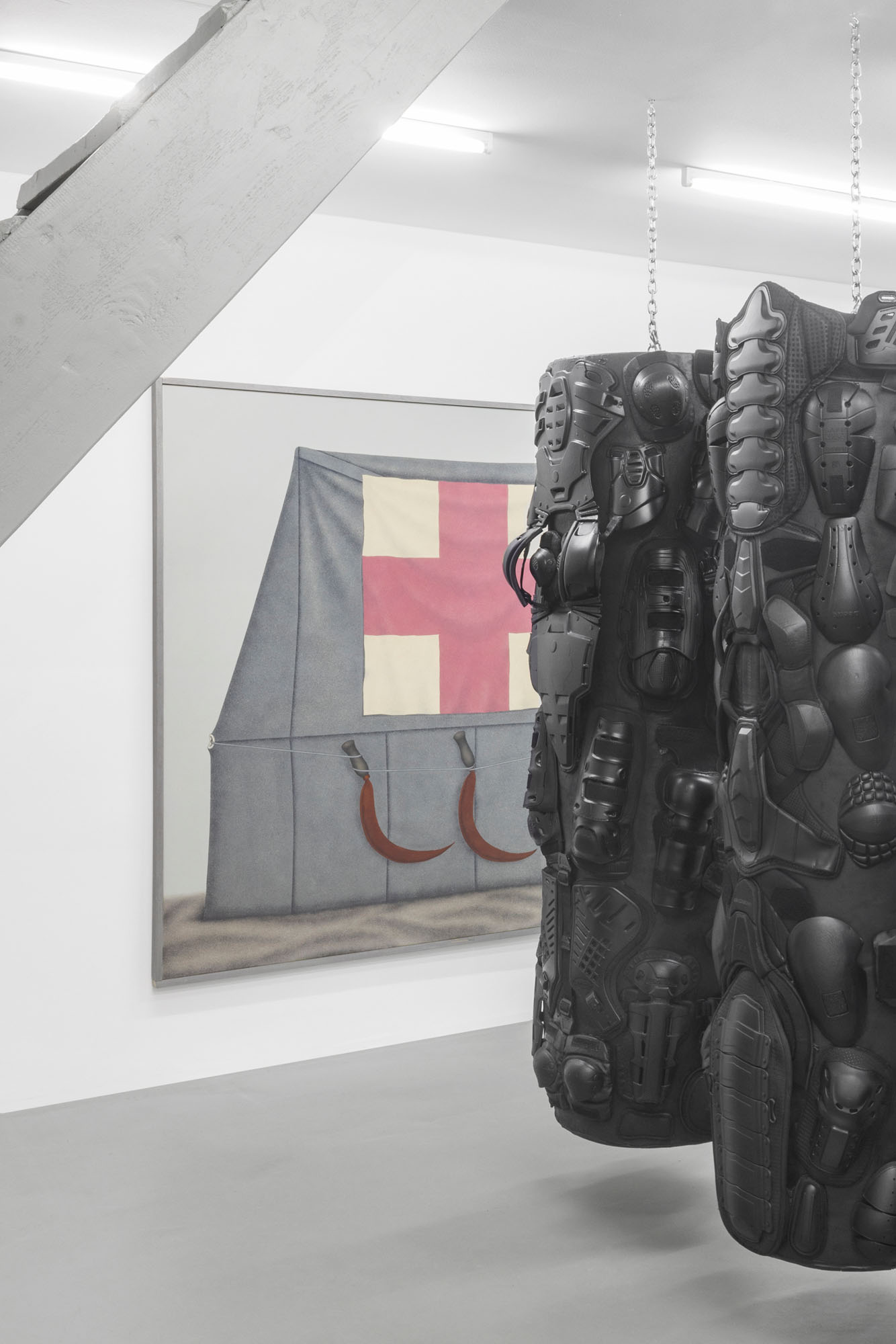
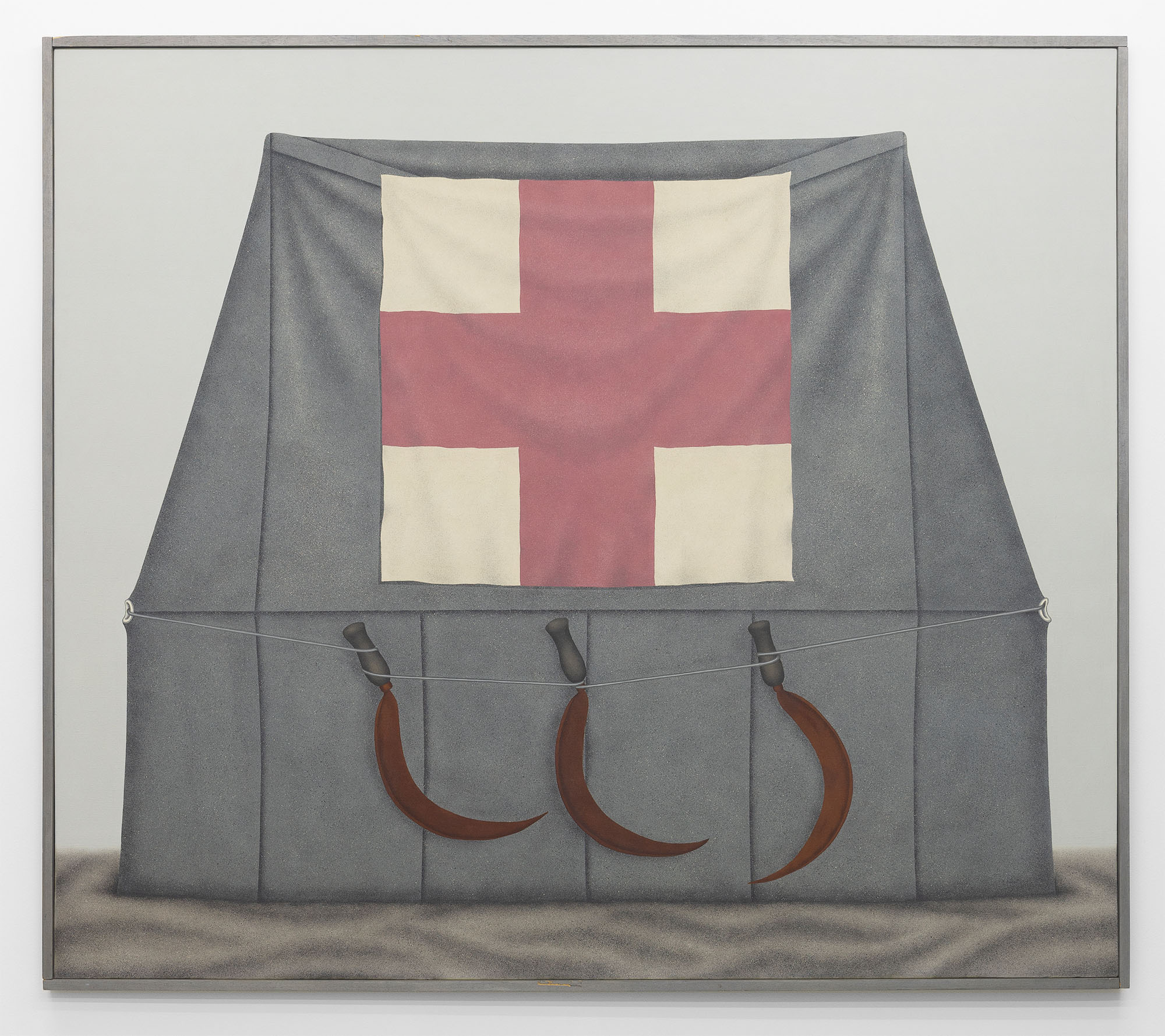
OFLUXO is proudly powered by WordPress
